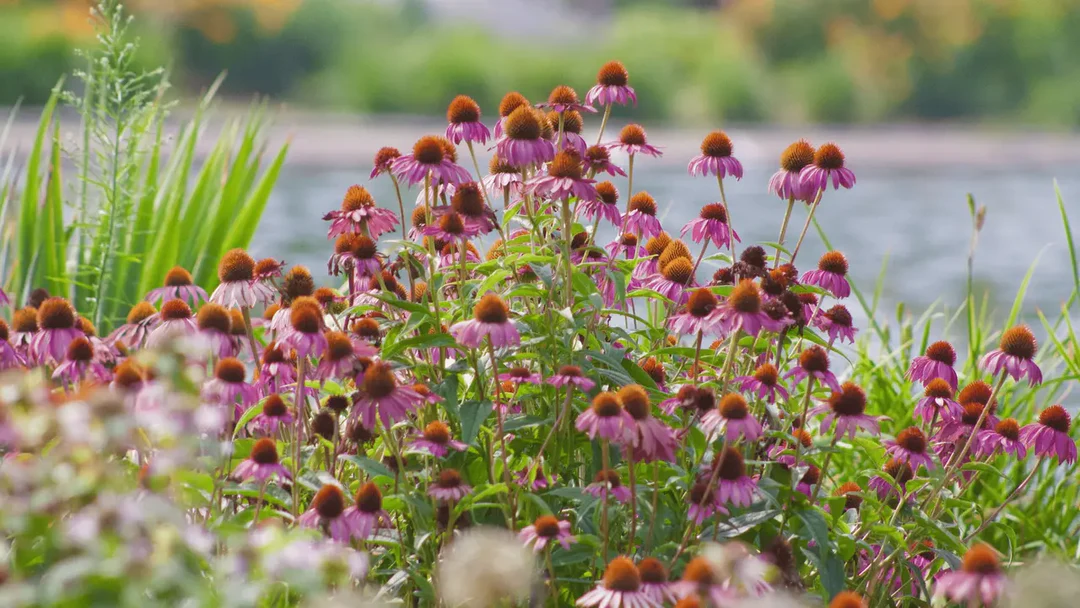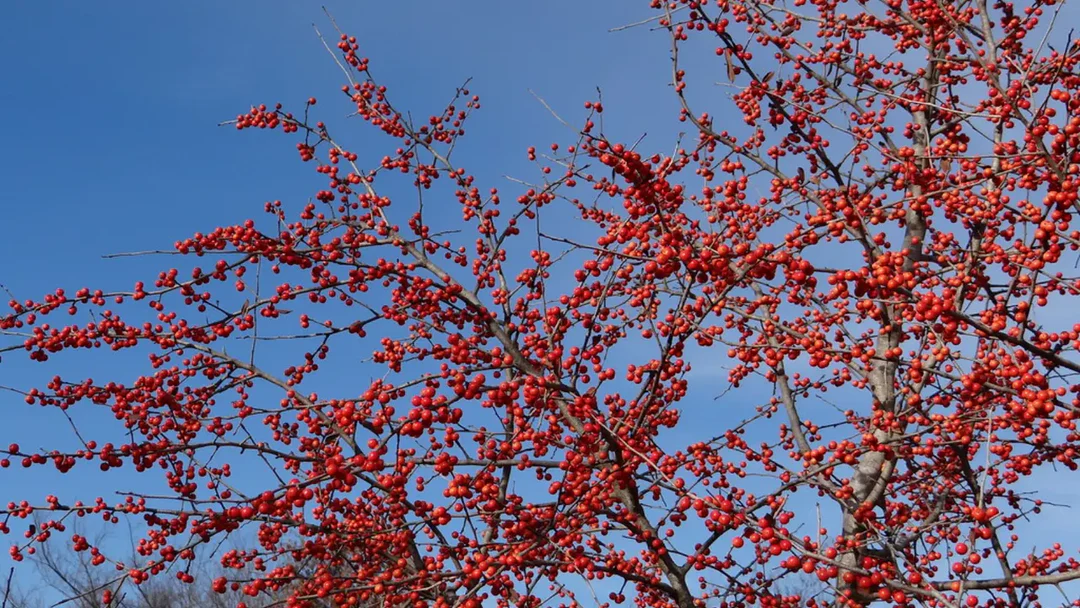15 Tips for Caring for Mexican Honeysuckle in the Texas Heat

Mexican honeysuckle is a vibrant and resilient plant that can add color to any garden. However, the sweltering Texas heat presents unique challenges that can affect its growth. In this blog, we’ll explore practical tips to help you cultivate thriving Mexican honeysuckle even when the temperatures soar.
1. Choosing the Right Location
Place your Mexican honeysuckle where it will receive morning sun and afternoon shade. This balance will protect it from harsh sunlight while ensuring it gets enough light to thrive. In the Texas climate, morning sunshine can invigorate your plants, kickstarting their photosynthesis early in the day, while the afternoon shade prevents scorching and dehydration. Positioning near larger plants or structures that provide dappled shade in the hottest parts of the day can be beneficial. This thoughtful placement will maximize their growth potential and maintain their vibrant colors throughout the summer.
Consider using a windbreak or a natural fence if your garden is exposed to strong winds. Though resilient, Mexican honeysuckle can lose flowers prematurely when buffeted by unrelenting breezes. This tactic not only shelters the plant but also preserves its vitality, allowing you to enjoy continuous blooms. Understanding the microclimates within your garden is key to planting strategically and enhancing the performance of Mexican honeysuckle in variable conditions.
2. Optimal Soil Conditions
Ensure well-draining soil enriched with organic matter to foster healthy root development and mitigate the risk of root rot in hot Texas climates. Mexican honeysuckle thrives in soils that offer both adequate drainage and nutrient retention. Organic matter, like compost or well-rotted manure, improves soil structure, enhances moisture retention, and supplies essential nutrients. Regularly testing soil pH can also be beneficial, with slightly acidic to neutral pH ideal for honeysuckle growth. Incorporate organic compost annually to maintain fertility and resilience against the harsh summer sun.
3. The Importance of Mulching
Apply a layer of mulch around the base of the plant to help retain moisture and regulate soil temperature during scorching summer days. Mulching acts as a protective barrier, keeping moisture in the soil and reducing the rate of evaporation—a critical need during Texas’s intense heat waves. Not only does mulch conserve soil moisture, but it also suppresses weeds that compete for the same nutrients. Organic mulches, such as bark or straw, decompose over time, adding organic matter to the soil and boosting plant health.
4. Scheduled Watering Routine
Establish a consistent watering schedule, providing deep hydration in the early morning to prevent evaporation in the afternoon heat. Deep watering encourages root systems to extend further into the soil, enhancing drought resistance. Mexican honeysuckle appreciates regular watering, especially during dry spells, but be cautious not to overwater. Over-saturated roots can lead to root rot. Aim to water once or twice weekly, adjusting based on rainfall and temperature. A drip irrigation system can optimize water efficiency and ensure equitable moisture distribution across your garden.
5. Efficient Fertilization Techniques
Use a balanced fertilizer monthly to promote robust growth and vibrant blooms, taking care not to over-fertilize, which can harm your plants. Mexican honeysuckle demands nutrients, particularly during the growing season, to maintain its vigorous growth and floral output. Opt for an all-purpose, slow-release fertilizer high in phosphorous that supports bloom production. Always follow package instructions to avoid fertilizer burn, which can result from excessive application. Pair fertilization with proper watering practices to aid in the uptake of nutrients, playing a symbiotic role in plant health and vitality.
6. Pest Management Strategies
Monitor for pests such as aphids and spider mites, using organic solutions like neem oil or introducing beneficial insects to keep them in check. Vigilance in pest management is crucial as the rich nectar developed by Mexican honeysuckle can attract various garden pests. Introducing ladybugs and predatory mites can offer a natural, effective alternative to chemical pesticides. Regular leaf inspections can help catch infestations early. When necessary, a diluted soap solution or neem oil spray can humanely deter unwanted insects while preserving the beneficial microbial life within your garden ecosystem.
7. Pruning for Health and Beauty
Regular pruning encourages new growth and bloom production. Remove any dead or damaged stems to maintain a tidy appearance. Pruning not only enhances the aesthetics of your Mexican honeysuckle but also promotes a dense structure and prevents disease spread by removing unhealthy parts. Post-blooming is an optimal time for pruning, as it allows for shaping before the next growth cycle. Aim to prune just above a pair of buds to stimulate vigorous new growth and flower production in subsequent periods. Keeping your honeysuckle open and airy can also help in preventing fungal infections.
8. Understanding Drought Tolerance
While drought-tolerant, Mexican honeysuckle benefits from supplemental watering during prolonged dry spells, helping it stay lush and lively. Its resilience in arid conditions is admirable, but steady hydration ensures peak flowering and coloration. Reduced irrigation stress can prevent premature wilt and flower drop. An established honeysuckle will better endure droughts, mainly if its roots have grown deep and wide. Monitor foliage for signs of stress, such as browning or curling edges, to adjust your watering schedule proactively. Implementing these practices helps your honeysuckle remain a steadfast feature on sweltering days.
9. Protecting from Harsh Winds
Protect from strong winds that can damage flowers and foliage. Consider using windbreaks or planting in sheltered areas. Strong gusts can cause physical damage to your honeysuckle, potentially breaking stems or blowing away blooms. Positioning the plant near extensive staked supports or shrubbery can reduce wind exposure. Temporary windbreaks, like burlap screens or lattice panels, can be erected during weather extremes. Regular maintenance checks for wind damage—such as snapped branches or bent stems—can help in timely corrective interventions, preserving the plant’s health and visual appeal.
10. Combating Soil Erosion
On sloped terrains, implement terracing techniques or use ground cover companions to prevent erosion and preserve soil quality. The range of slopes in Texas landscapes might inadvertently cause loose topsoil, affecting your honeysuckle’s nourishment. Erecting your garden’s small, tiered retaining structures can stabilize the soil and reduce runoff. Ground covers such as creeping thyme can effectively blanket compromised areas, enhancing drainage and anchoring the soil. These preventative measures collectively retain soil integrity, ensuring your plant’s root zones remain undisturbed and capable of supporting healthy growth.
11. Companion Plant Considerations
Choose complementary plants like ornamental grasses that won’t compete for resources and will help preserve soil moisture. Mexican honeysuckle can be paired with drought-tolerant, low-growing companions, highlighting its colorful blooms and aiding in microclimate regulation. Ornamental grasses provide striking contrast while functioning as natural mulch, hindering weed growth and supporting environmental moisture retention. These companion plants can also create a habitat that attracts beneficial pollinators, enhancing the natural ecosystem around your honeysuckle.
12. Seasonal Care Adjustments
Adjust care routines seasonally, reducing watering frequency in winter and resuming in spring as temperatures rise. Recognizing seasonal changes and adapting accordingly ensures that Mexican honeysuckle isn’t overwatered when it’s dormant. Dormancy enables the plant to store energy, preparing it for rapid spring growth. Scaling back fertilization and pruning activities in colder months helps preserve energy reserves. Layers of mulch should be maintained to moderate winter soil temperatures, protecting roots from frozen soil conditions. As spring emerges, gradually reintroduce water and nutrients to awaken your honeysuckle.
13. Encouraging Natural Wildlife
Mexican honeysuckle attracts hummingbirds and butterflies. Creating a nectar-heavy garden will continue to draw these pollinators. By integrating native and nectar-rich plants, you foster a biodiverse environment around your honeysuckle. Hummingbirds are drawn to brightly colored tubular flowers, while butterflies appreciate clusters of milkweed or echinacea. Plant a variety of flowering times and shapes to supply ongoing nourishment, keeping pollinators engaged through fluctuating seasonal changes. Establishing a wildlife-friendly habitat supports a thriving garden and sustains the natural vibrancy your honeysuckle brings to your landscape.
14. Monitoring for Disease
Check regularly for signs of disease and employ organic remedies promptly to prevent spreading and ensure healthy growth. Vigilant inspection for fungal infections, such as powdery mildew, aids in early detection and management. Natural treatments like baking soda sprays or diluted hydrogen peroxide can resolve fungal issues without harsh chemicals. Ensuring proper airflow by maintaining spacing and openness around your honeysuckle reduces risk factors for disease. Rotate organic treatments to lessen the chance of developing pest resistance, fortifying your Mexican honeysuckle’s inherent durability against biotic and abiotic stress.
15. Long-Term Care and Maintenance
Commit to regular maintenance and adapting care strategies to changing climate conditions, ensuring long-term success for your honeysuckle. Routine observations and strategic interventions are adjusted seasonally to sustain healthy vigor and appearance. Building your garden plan with resilience—such as selecting native plant varieties and drought-tolerant companions—can mitigate adverse environmental impacts. Regular soil amendments, mulching, and seasonal turning align with regional climate patterns, ensuring Mexican honeysuckle remains an enduring highlight of your garden. Collaboration between plant care practices and the natural environment fosters a thriving, sustainable landscape.
Explore more plant options, and perhaps consider adding a show-stopping Yellow Honeysuckle to your collection. The same dedicated care routines can be applied to various honeysuckles, making your garden an evergreen retreat rich in visual diversity and seasonal interest.














Leave a comment